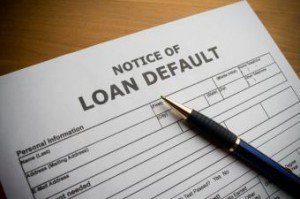 November held some of the lowest foreclosure stats in a decade, according to Black Knight. Black Knight’s First Look at November 2019 foreclosure data revealed that November’s 33,500 foreclosure starts represented a 26% year-over-year decline, alongside the lowest monthly volume since 2000.
November held some of the lowest foreclosure stats in a decade, according to Black Knight. Black Knight’s First Look at November 2019 foreclosure data revealed that November’s 33,500 foreclosure starts represented a 26% year-over-year decline, alongside the lowest monthly volume since 2000.
Additionally, the national foreclosure rate fell by 3% month-over-month. While delinquencies rose seasonally, delinquency levels are still nearly 5% below last year’s level. Prepayment activity fell 19% from October’s six-year high due to both seasonal declines in home-sale-related prepays as well as higher interest rates impacting refinance incentive.
High non-current loan volumes were concentrated in the South, according to Black Knight. By state, Mississippi holds the highest non-current percentage as of November at 10.44%, a 2.4% increase year-over-year. Behind Mississippi falls Louisiana, Alabama, West Virginia, and Arkansas, all with non-current percentages between 6.23% and 7.84%.
At the other end of the scale, Colorado holds the lowest percentage of non-current loans, at 1.81%. Behind Colorado falls Washington (1.86%), Oregon (1.90%), Idaho (1.98%), and California (2.09%). Alaska is the most improved state, with delinquency rates dropping by 12.51% over the last six months.
Additionally, the most recent S&P/Experian Consumer Credit Default Indices revealed that overall default increased year over year, from 0.64% in November 2018 to 0.77% in November 2019.
Four of the five major metropolitan statistical areas showed higher default rates compared to the previous month. Miami showed the largest increase, up 22 basis points to 1.53%. The default rate for Los Angeles rose 12 basis points to 0.77%, while the rate for New York climbed seven basis points to 1.14%. The level for Dallas rose four basis points to 1.01%, while the rate for Chicago was three basis points lower at 1.14%.
The composite default rate, composed of first mortgage, bank card, and auto loan defaults, rose one basis point in November 2019 from 0.93% to 0.94%, and up year over year from 0.83%.

 DSNews The homepage of the servicing industry
DSNews The homepage of the servicing industry









